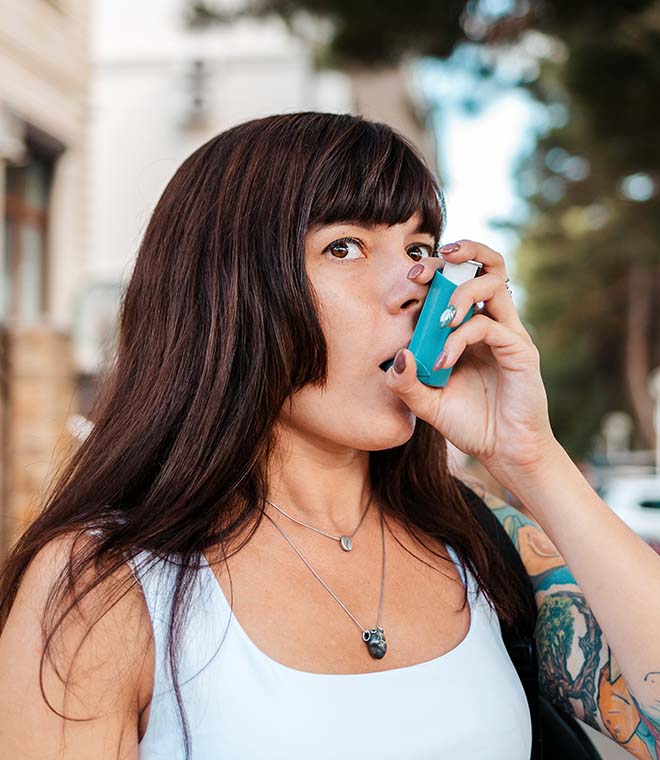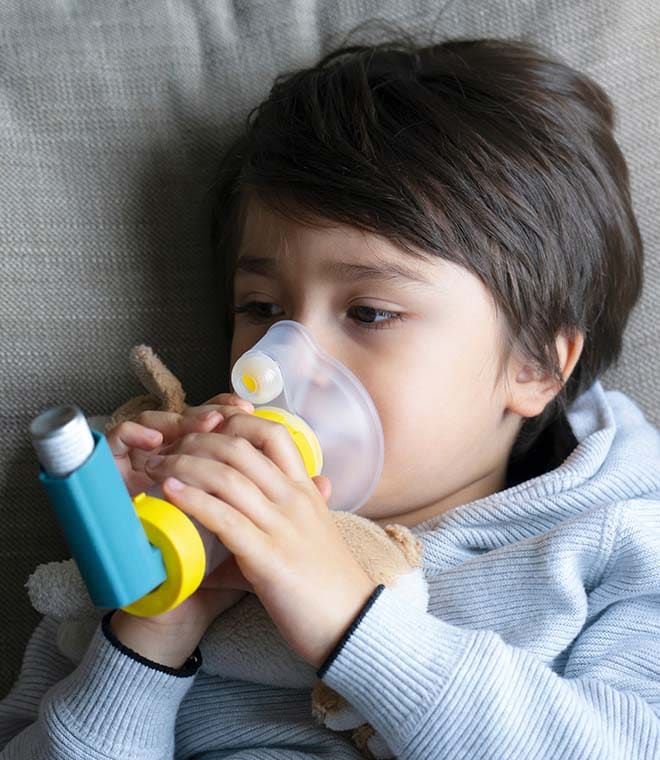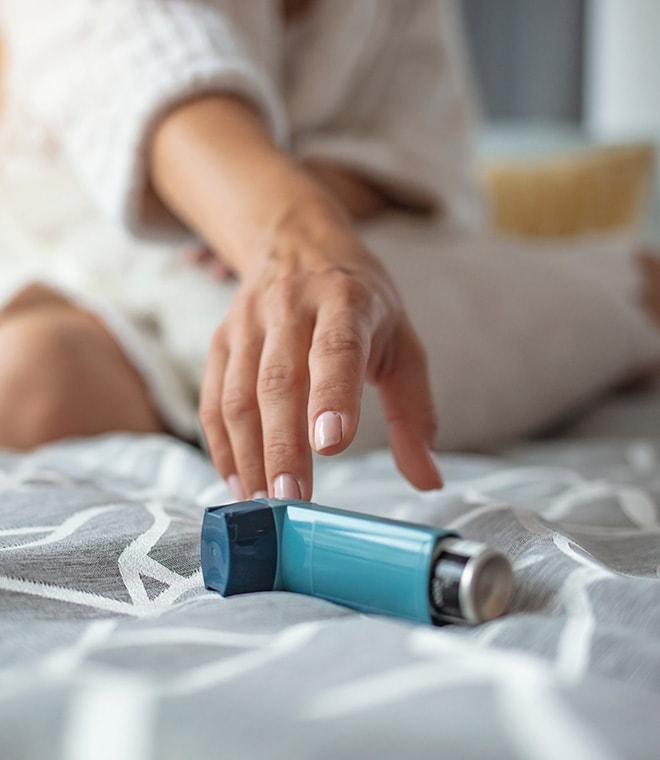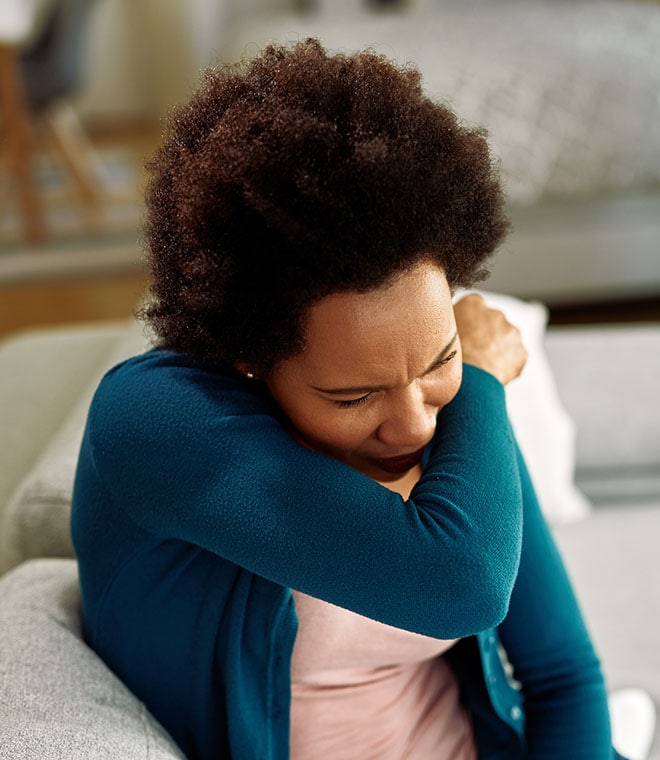Health
What are the symptoms of COPD
Nancy Kupka, PhD, RN Jul 19, 2023 • 4 min
Chronic obstructive pulmonary disease, or COPD, is not one disease but a group of airway diseases that lead to breathing problems. COPD includes emphysema, chronic bronchitis and chronic obstructive asthma. Over 16 million people in the U.S. have been diagnosed with some form of COPD, although millions more may not have been diagnosed.
Although there is no cure for COPD, it can be treated effectively if caught early. Unfortunately, many people don't realize they have COPD until the later stages of the disease. Therefore, if you are at risk, it is important to know the signs and symptoms of COPD.
The earlier COPD is treated, the more effective the treatment will be. Appropriate management can decrease symptoms, reduce the frequency and severity of exacerbations or flare-ups, and improve your overall health status. This includes the ability to exercise and accomplish activities of daily living as well as prolonging life.
How to do you get COPD?
Although anyone can develop COPD, certain people are at greater risk for COPD than others. People at risk for COPD include those who smoke or have smoked in the past, those who are exposed to secondhand smoke, air pollution, chemicals or dust, and those who have family members who have COPD or certain other genetic conditions.
Symptom evolution
Symptoms of early COPD can be as unremarkable as just being a little short of breath with normal activity. Many people attribute this incorrectly to just getting older, being overweight or being a smoker. Because of this, many people don't recognize the symptoms of COPD until the late stages of the disease.
In the later stages, the same shortness of breath becomes more noticeable and occurs more frequently, with less exertion or even at rest. Wheezing may occur and a chronic cough may develop. This cough is characterized by sputum (phlegm) production that increases in frequency and thickness. The cough may initially occur mostly in the morning but can extend throughout the day. The later stages of COPD may result in growing fatigue, frequent respiratory infections, swelling in the legs and feet, and blueness at the nails and mouth.
What is COPD exacerbation?
A COPD exacerbation is a scary and potentially serious event where symptoms worsen well beyond the normal day-to-day variations usually experienced. Antibiotics, corticosteroids in inhaled and pill form or even hospitalization are often required to get the exacerbation under control. Exacerbation generally includes an acute increase in one or more of the following primary symptoms:
- Frequency and severity of cough
- Volume or changes in character of sputum produced
- Shortness of breath
If you experience shortness of breath, chronic cough or produce a lot of sputum over a significant period of time, or you think you might be at risk for COPD, it is important to discuss this with your healthcare provider. Your provider can test you for COPD using a simple test. You blow into the mouthpiece of a small machine that measures the amount of air you blow out and how quickly you blow it out. Your provider may also ask you to have a chest X-ray and other tests, such a blood test that measures the oxygen level in your blood.
Remember: Don't wait for symptoms to become severe because valuable treatment time could be lost. Early detection of COPD is the key to successful treatment.
Clinically reviewed and updated July 2023.



